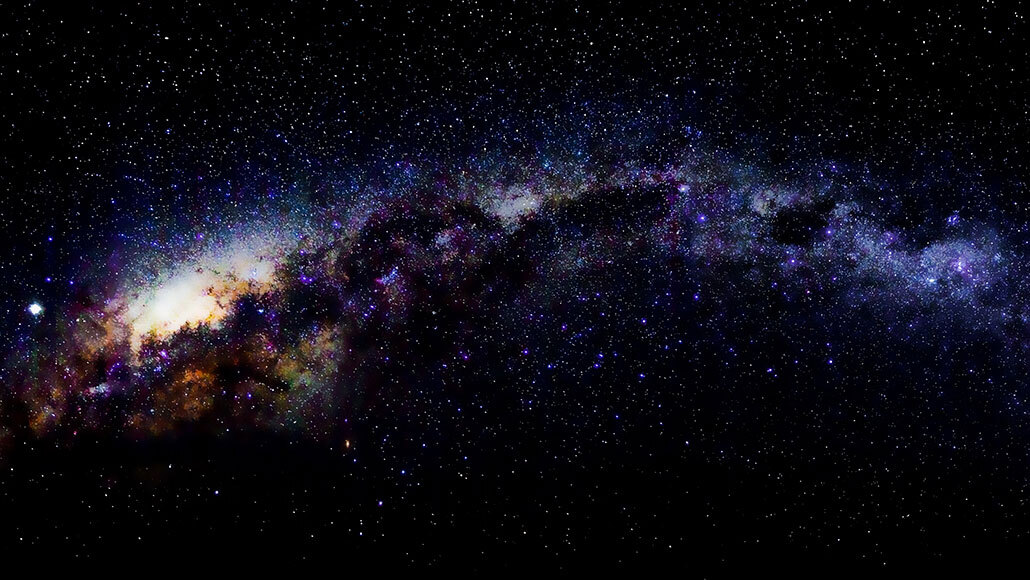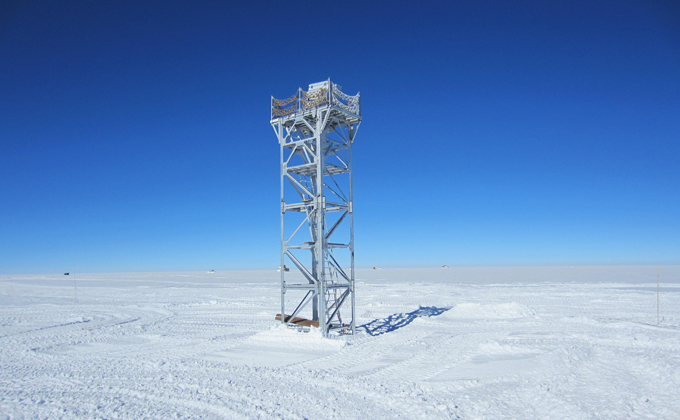
Antarctica offers some pretty spectacular views of the night sky, like this image of the Milky Way taken on the Antarctic Peninsula. Now, researchers have found that a high-altitude site in East Antarctica may offer the world's clearest views of the celestial sphere.
goinyk/iStock/Getty Images Plus








